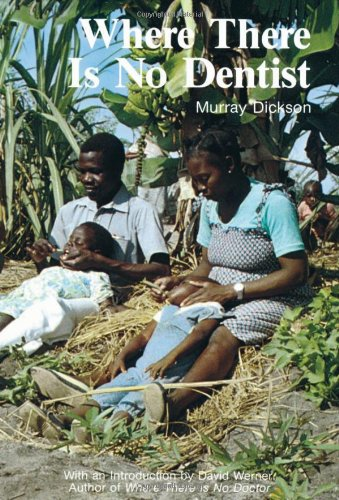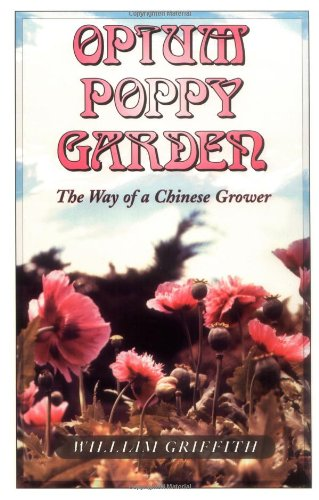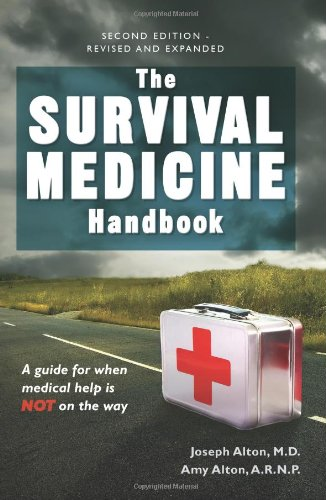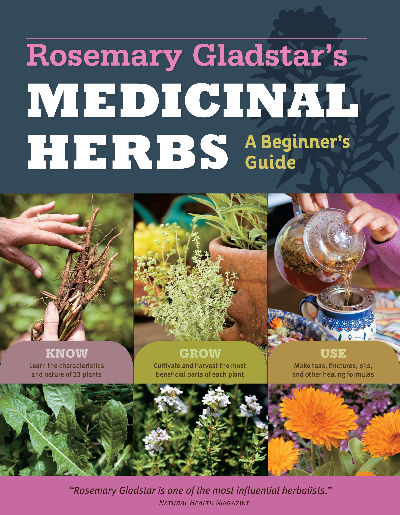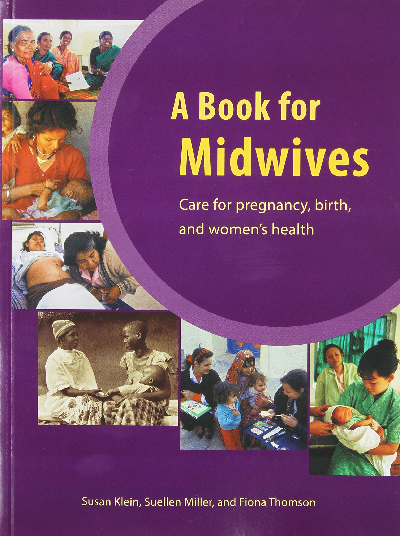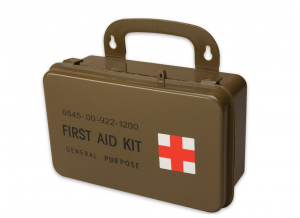 Last week, I had the opportunity to write about the most important skills for building a civilization. I feel like I did a good job of summing up the basic skills that no functional society can do without. However, our society is built on more than soap and alcohol.
Last week, I had the opportunity to write about the most important skills for building a civilization. I feel like I did a good job of summing up the basic skills that no functional society can do without. However, our society is built on more than soap and alcohol.
If our world were to fall apart, the task of rebuilding society would be a daunting one. It’s easy to forget that our standard of living hinges on millions of highly skilled people, many of whom are specialized to work in very niche fields. No single person can do it all, but we can learn some of the basics.
And if there’s one set of skills we can’t afford to overlook, it’s doctoring and first aid. While most of us will never get around to attending 8 years of medical school, anyone can teach themselves a basic understanding of the medical field. So without further ado, here are six medical books, that would be essential for rebuilding civilization.
Where There Is No Doctor
Originally written for distribution among isolated villages in the third world, “Where There is No Doctor” has become a staple among preppers, missionaries, and Peace Corps volunteers. Since it was written for impoverished people with little access to an education, its text and pictures are very accessible to anyone, and there is no confusing medical jargon within its pages. Since it was published in the 1970’s, it has probably saved countless lives, and is an essential read for anyone who is trying to teach themselves how to take care of the sick and injured.
You can download the book for free from the publishers website, or if you’re like me and are concerned about the collapse of our power grid, you can pick up a physical copy on Amazon.
Where There Is No Dentist
Written in same vein as the previous entry, “Where There is No Dentist” was distributed to isolated villages across the third world. In our developed society, the prospects of someone becoming seriously ill or dying from poor dental hygiene is unthinkable. However, in previous eras it was a fairly common occurrence. Learning some basic dental skills could save your life after the collapse, not to mention it could save you quite a bit of pain and anguish.
Opium Poppy Garden: The Way of a Chinese Grower
Speaking of pain and anguish, finding a way to sedate a patient is paramount for any serious medical procedure. Unfortunately, without modern medicine we’ll have to look into the past for ways relieve the devastating pain that often comes with surgery. Utilizing the pain relieving properties of the poppy plant may end up being one your best options.
Nowadays it’s easy for us to look down on our ancestors from the early 20th century, and their liberal use of codeine and heroin for headaches and toothaches. However, only a few decades prior, any visit to your local doctor could end up being an excruciating experience, and opioids provided one of the best methods for relieving pain (perhaps future generations will probably look down on us for using the amphetamine ingredients in sudafed for our aches and pains).
After looking high and low, I found Opium Poppy Garden to be one of the few books that actually teaches you how to grow and harvest the opium plant. While you can buy your very own poppy seeds, the legality of growing them varies from country to country, so make sure you do some legal research before purchasing.
The Survival Medicine Handbook: A Guide for When Help is Not on the Way
Written by a doctor and a certified nurse, The Survival Medicine Handbook was written with off-the-grid emergencies in mind. Coming in at nearly 600 pages, the book offers advice on over 100 medical emergencies, and is written in a simplified text that should be easy for the layman to understand. It addresses a wide variety of topics including food poisoning, wound infections, allergic reactions, fractures, hypothermia, and so much more.
Rosemary Gladstar’s Medicinal Herbs: A Beginner’s Guide: 33 Healing Herbs to Know, Grow, and Use
While the Survival Medicine Handbook is chock full of life saving information, according the reviews it’s lacking when it comes to the topic of alternative and natural medicine. If we’re going to prepare for a long term disaster, then we’ll need long term solutions. We need something that can replace modern medicine, once the supply of pharmaceuticals runs out.
Rosemary Gladstar’s Medicinal Herbs: A Beginner’s Guide, is a great start for anyone attempting to natural medicine. I managed to find several great books that listed hundreds of herbal treatments, but I decided to settle on this book for one really good reason. Unlike the others, it doesn’t just list herbs and their properties, it teaches you how to grow them as well.
A Book For Midwives: Care For Pregnancy, Birth, and Women’s Health
In my last article, I asked our readers for input on books that I should have included in the list. One commenter suggested that I should add a book on midwifery, and I couldn’t agree more. Until the 20th century, the chances of a mother dying during childbirth were between 1 and 2 percent per pregnancy. In fact, it was so dangerous that most woman would write out their will as soon they discovered they were pregnant. The unsanitary hospitals from the 19th century often made the situation worst, causing death rates that averaged between 10 and 20 percent.
Learning how to safely give birth is a crucial skill that must not die out if there is a global catastrophe, and everyone should learn the basics of childbirth; especially if they have a child on the way. So take a look at this easy to read guide from the same publishers that made “Where There is no Doctor”.“A Book For Midwives: Care For Pregnancy, Birth, and Women’s Health” goes through the basics of treating a mother before, during, and after birth, and even covers some basic low tech equipment you can make at home. A must have for anyone who might expect to give birth without the aid of a professional doctor.


